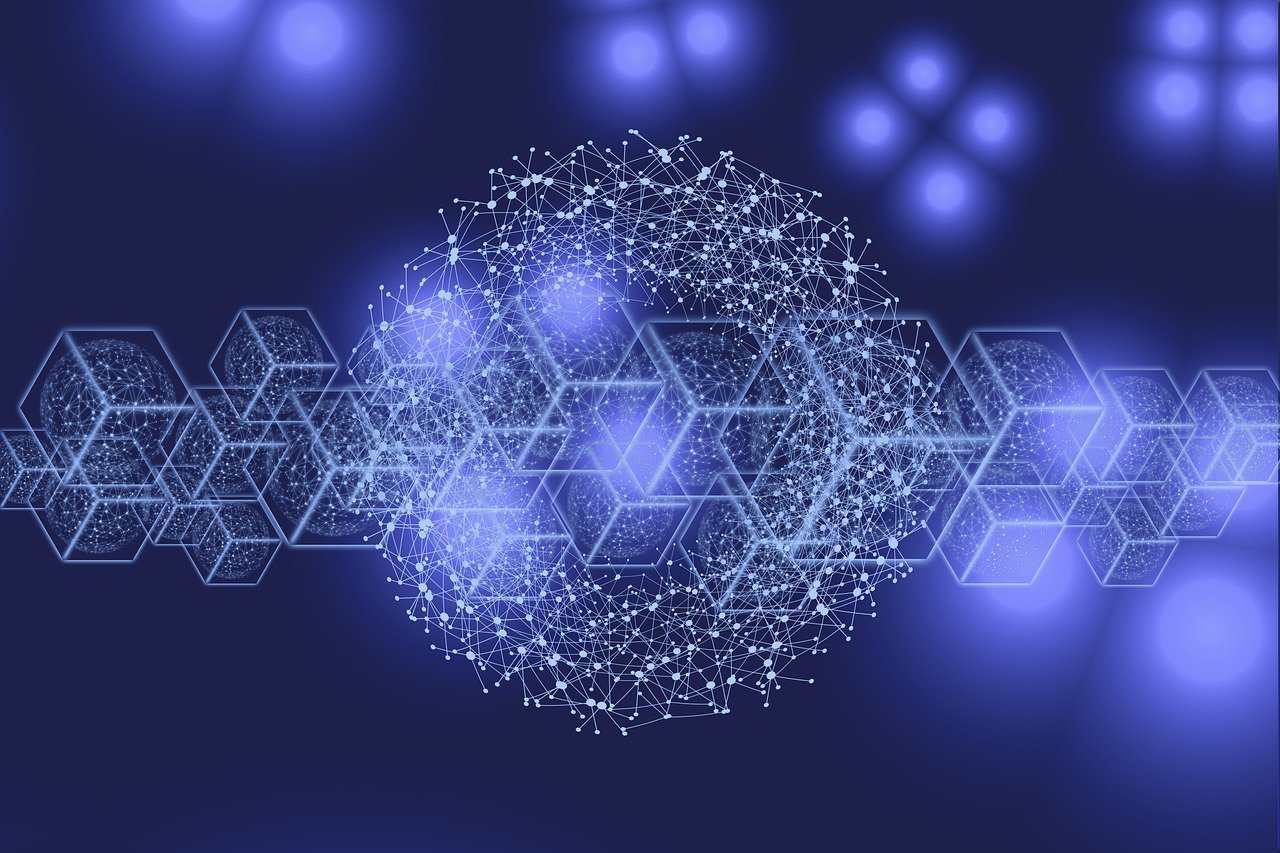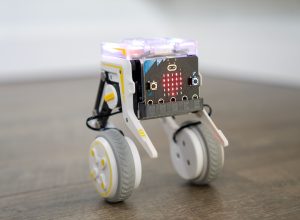Decentralization and Data Ownership
Web 3.0 represents a shift from centrally-controlled data storage to decentralized networks. In contrast to Web 2.0, where companies like Facebook and Google control vast amounts of user data, Web 3.0 ensures data storage across multiple nodes, reducing vulnerability to breaches. Blockchain technology supports this by maintaining a distributed ledger, which ensures transparency and prevents unauthorized access. In a recent survey by Accenture in 2024, 70% of users expressed a preference for platforms that offer data sovereignty. This highlights a growing demand for user-centric data control.
Technological Implementations

Decentralized systems, such as decentralized autonomous organizations or DAOs, have emerged as a means to ensure data privacy and security. Members of DAOs adhere to predefined rules that prioritize transparency and fair conduct. DeFi platforms exemplify the integration of these technologies within the financial sector, with some platforms witnessing daily transaction volumes exceeding $10 billion. Such implementations contrast with the centralized control mechanisms of Web 2.0, which primarily operate on server-based architectures.
Social media and the creator economy are other areas where Web 3.0 drives significant changes. Current platforms often have centralized control, mandating content creators to adhere strictly to their terms. However, new platforms like Rarible and OpenSea have enabled content creators to produce and sell NFTs directly to their fans, bypassing traditional intermediaries. Solutions like Rally empower creators to develop their own digital economies, assisting them in minting and distributing social tokens and NFTs.
Emerging Sectors and Use Cases
Decentralized storage solutions are another critical area of Web 3.0 technologies. Traditional cloud storage places data on centrally controlled servers. In Web 3.0, data is distributed across various nodes, contributing to enhanced privacy and lower costs. Protocols such as IPFS and Filecoin facilitate data storage and sharing on distributed networks, offering robust security measures. This decentralization ensures that users maintain control over their data, minimizing the risk of unauthorized access.
Web 3.0’s extension into decentralized science, blockchain-based gaming, and social media platforms also shows growth potential. By providing greater control over data and interactions, these platforms promise enhanced user experiences. The increased interest and investment in these sectors underscore the evolving landscape, as evidenced by the rise of internet usage, the globalization of content consumption, and shifting employment patterns. According to data from a McKinsey report, interest in Web 3.0 elements has spiked since 2018.
Regulatory Challenges and User Adoption
Regulatory frameworks remain a challenge for Web 3.0. Current regulations do not fully address the decentralized nature of Web 3.0, creating uncertainties for developers and users. For example, privacy regulations such as GDPR do not explicitly cover decentralized systems, making compliance complex.
Adopting Web 3.0 technologies also poses challenges due to their complexity. Users accustomed to the seamless interfaces of Web 2.0 services might find the transition daunting. Additionally, blockchain scalability issues need to be addressed to handle large transaction volumes. Despite these challenges, the market for Web 3.0 is forecasted to grow, projected to reach $5.5 billion by 2030 with a compound annual growth rate of 44.9%.
The metaverse is another area where Web 3.0 technologies are expected to have a significant impact. Unlike current digital experiences, the metaverse aims to create an interconnected digital universe. However, concerns about cybersecurity and privacy continue to be significant due to the lack of comprehensive privacy regulations. Businesses and users will need to stay informed about privacy policies and data security measures across different platforms.
A 2023 survey by Protiviti-Oxford University covering 250 executives indicated that two-thirds believe Web 3.0 and the metaverse will significantly impact the economy and business success over the next decade. Moreover, 79% planned to use the metaverse for customer engagement. Despite these optimistic views, the practical implementation of Web 3.0 technologies in the metaverse remains a subject of debate.
While Web 3.0’s decentralized nature offers numerous advantages, it does face hurdles in user adoption and regulatory compliance. Nonetheless, the increasing interest from users and the growth of decentralized applications indicate a direction where control over data and online identities will continue to shift towards individual users. Security, privacy, and user control are the principles driving this move, aligning with the growing demand for user-centric data control. With the continued development of scalable blockchain solutions and the growing fusion of Web 3.0 with emerging technologies, this new era of the internet is poised to offer enhanced data ownership and control. For example, ensuring a secure browsing experience might involve using a private browser such as HeroBrowser to navigate Web 3.0 platforms with enhanced privacy.
Thus, as investments continue to grow, stakeholders must address these challenges effectively to fully realize the potential of Web 3.0 in data ownership and control.



